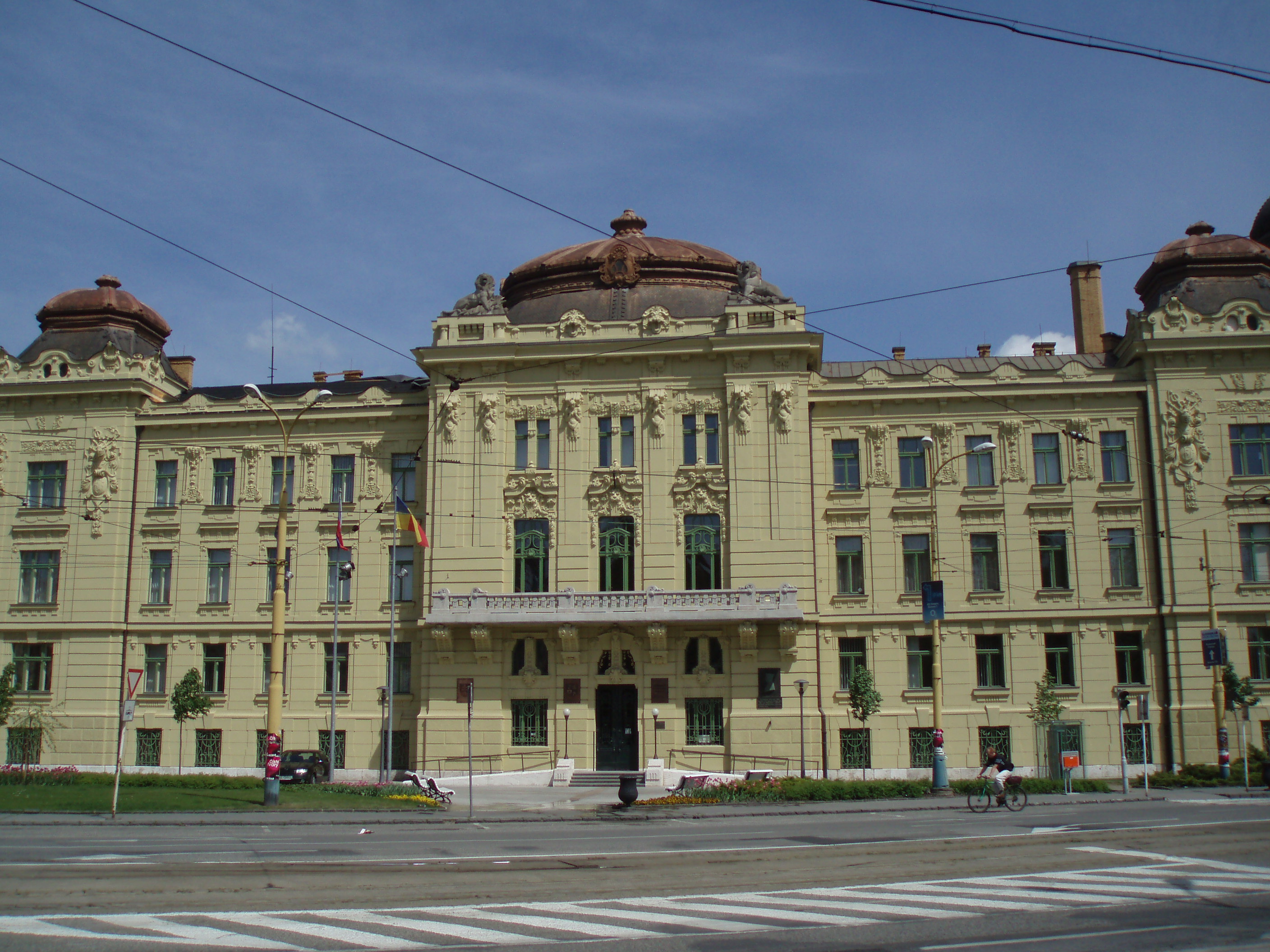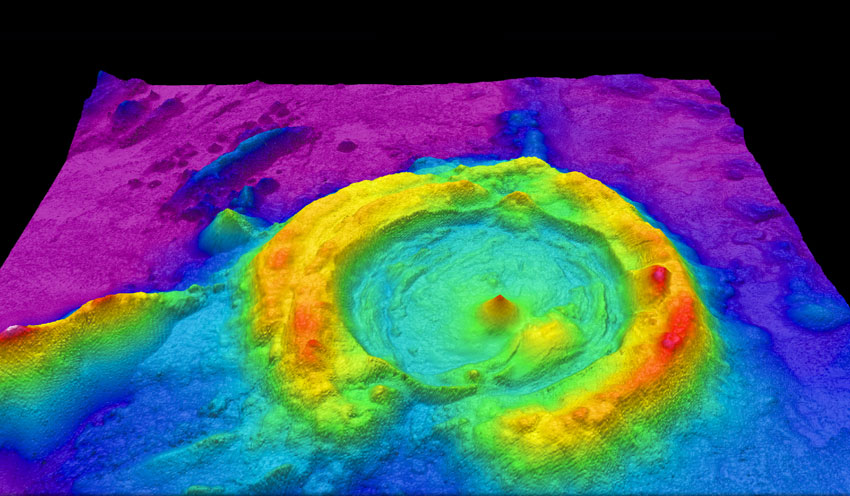|
Zádiel
Zádiel ( hu, Szádelő) is a village and municipality in Košice-okolie District in the Kosice Region of eastern Slovakia. History In historical records, the village was first mentioned in 1317. Geography The village lies at an elevation of and covers an area of . It has a population Population typically refers to the number of people in a single area, whether it be a city or town, region, country, continent, or the world. Governments typically quantify the size of the resident population within their jurisdiction using ... of 160 people. References External links Zádiel Villages and municipalities in Košice-okolie District {{Košice-okolie-geo-stub ... [...More Info...] [...Related Items...] OR: [Wikipedia] [Google] [Baidu] |
Košice-okolie District
Košice–okolie District (''okres Košice–okolie''; hu, Kassa-vidéki járás) is a district in the Košice Region of eastern Slovakia. It surrounds the city of Košice, which serves as the district seat although it does not belong to the district. History The Košice–okolie district was a part of Great Moravia until the 10th century. After the district fell apart, the area was incorporated into Abaúj and Torna, which were counties of the Kingdom of Hungary. The region was a part of Abaúj-Torna County from 1882 until the end of World War I. It then became part of the newly formed Czechoslovakia. Excluding a small section in the north, the district formed a part of Abovsko-turnianská župa of the county of Šariš from 1918 to 1923. From 1923 to 1928, the Košice–okolie district was considered to be a part of Košická župa. From 1923 to 1938, the district was considered to be Slovak land. After the First Vienna Award in 1938, the district was divided between t ... [...More Info...] [...Related Items...] OR: [Wikipedia] [Google] [Baidu] |
Regions Of Slovakia
Since 1949 (except 1990–1996), Slovakia has been divided into a number of '' kraje'' (singular ''kraj''; usually translated as "Regions" with capital R). Their number, borders and functions have been changed several times. There are eight regions of Slovakia and they correspond to the EU's NUTS 3 level of local administrative units. Each kraj consists of ''okresy'' (counties or districts). There are 79 districts. List After a period without kraje and without any equivalent (1990–1996), the kraje were reintroduced in 1996. As for administrative division, Slovakia has been subdivided into 8 ''kraje'' since 24 July 1996: Since 2002, Slovakia is divided into 8 ''samosprávne kraje'' (self-governing regions), which are called by the Constitution ''vyššie územné celky'' (Higher Territorial Units), abbr. VÚC. The territory and borders of the self-governing regions are identical with the territory and borders of the ''kraje''. Therefore, the word "kraj" can be replaced b ... [...More Info...] [...Related Items...] OR: [Wikipedia] [Google] [Baidu] |
Košice Region
The Košice Region ( sk, Košický kraj, , hu, Kassai kerület; uk, Кошицький край) is one of the eight Slovak administrative regions. The region was first established in 1923 and its present borders were established in 1996. It consists of 11 districts (okresy) and 440 municipalities, 17 of which have a town status. About one third of the region's population lives in the agglomeration of Košice, which is its main economic and cultural centre. Geography It is located in the southern part of eastern Slovakia and covers an area of 6,752 km2. The western part of the region is composed of the eastern part of the Slovak Ore Mountains, including its subdivisions: Slovak Karst, Slovak Paradise, Volovské vrchy, Čierna hora. The Hornád Basin is located in the northwest. The area between Slovak Ore Mountains and Slanské vrchy is covered by the Košice Basin, named after the city. The area east of Slanské vrchy is covered by the Eastern Slovak Lowland and ... [...More Info...] [...Related Items...] OR: [Wikipedia] [Google] [Baidu] |
Districts Of Slovakia
An okres (in English district) is an administrative unit in Slovakia. It is a second-tier territorial administrative unit, below a Region in standing, and superior to a municipality. Each district contains at least several municipalities. The cities of Bratislava and Košice are the only cities in Slovakia divided into internal urban districts, with five in Bratislava, and four in Košice. These urban districts are then further divided into smaller boroughs (which serve a function analogous to municipalities in typical districts). All other districts are larger in size and also include rural areas, and rural as well as urban municipalities. Each of these more typical districts has an urban centre serving as the seat of the district, usually the largest town (or the only town) of a given district. Rural municipalities are not legally allowed to become district seats. Map of current Slovak districts Characteristics Several districts form a "Region" (Slovak "kraj"). One distri ... [...More Info...] [...Related Items...] OR: [Wikipedia] [Google] [Baidu] |
Slovak Car Registration Plates
Vehicles registered in Slovakia are generally assigned to one of the districts (''okres'') and since 1997, the licence plate coding ( sk, EČV, evidenčné číslo vozidla) generally consists of seven characters and takes the form XX-NNNLL, where XX is a two letter code corresponding to the district, NNN is three digit number and LL are two letters (assigned alphabetically). Appearance There are three design varieties that are in valid use. * Between 1 April 1997 and 30 April 2004, the plates contained the Coat of Arms of Slovakia in the top left corner and the country code SK in the bottom left. The two district identifiers were separated from the serials by a dash. * On 1 May 2004, Slovakia joined the European Union. In order to harmonise the visual look of the plates with the rest of the EU, the Slovak Coat of Arms was replaced by the so-called euroband, a vertical blue bar with representing the Flag of the EU. The country code SK was inserted into the euroband. The number 0 ... [...More Info...] [...Related Items...] OR: [Wikipedia] [Google] [Baidu] |
Municipality
A municipality is usually a single administrative division having municipal corporation, corporate status and powers of self-government or jurisdiction as granted by national and regional laws to which it is subordinate. The term ''municipality'' may also mean the governing body of a given municipality. A municipality is a general-purpose administrative subdivision, as opposed to a special district (United States), special-purpose district. The term is derived from French language, French and Latin language, Latin . The English language, English word ''municipality'' derives from the Latin social contract (derived from a word meaning "duty holders"), referring to the Latin communities that supplied Rome with troops in exchange for their own incorporation into the Roman state (granting Roman citizenship to the inhabitants) while permitting the communities to retain their own local governments (a limited autonomy). A municipality can be any political jurisdiction (area), jurisd ... [...More Info...] [...Related Items...] OR: [Wikipedia] [Google] [Baidu] |
Elevation
The elevation of a geographic location is its height above or below a fixed reference point, most commonly a reference geoid, a mathematical model of the Earth's sea level as an equipotential gravitational surface (see Geodetic datum § Vertical datum). The term ''elevation'' is mainly used when referring to points on the Earth's surface, while '' altitude'' or '' geopotential height'' is used for points above the surface, such as an aircraft in flight or a spacecraft in orbit, and '' depth'' is used for points below the surface. Elevation is not to be confused with the distance from the center of the Earth. Due to the equatorial bulge, the summits of Mount Everest and Chimborazo have, respectively, the largest elevation and the largest geocentric distance. Aviation In aviation the term elevation or aerodrome elevation is defined by the ICAO as the highest point of the landing area. It is often measured in feet and can be found in approach charts of the aerodrome ... [...More Info...] [...Related Items...] OR: [Wikipedia] [Google] [Baidu] |
Population
Population typically refers to the number of people in a single area, whether it be a city or town, region, country, continent, or the world. Governments typically quantify the size of the resident population within their jurisdiction using a census, a process of collecting, analysing, compiling, and publishing data regarding a population. Perspectives of various disciplines Social sciences In sociology and population geography, population refers to a group of human beings with some predefined criterion in common, such as location, race, ethnicity, nationality, or religion. Demography is a social science Social science is one of the branches of science, devoted to the study of societies and the relationships among individuals within those societies. The term was formerly used to refer to the field of sociology, the original "science of soc ... which entails the statistical study of populations. Ecology In ecology, a population is a group of organisms of ... [...More Info...] [...Related Items...] OR: [Wikipedia] [Google] [Baidu] |



